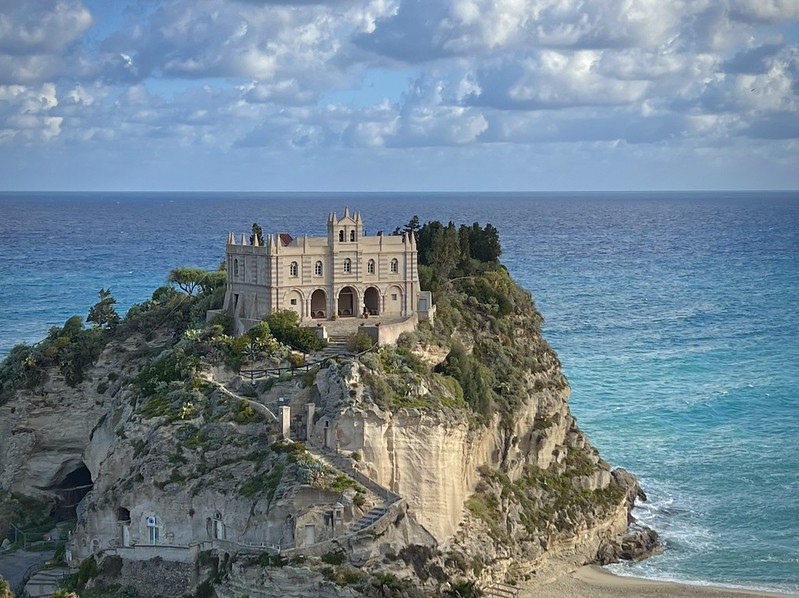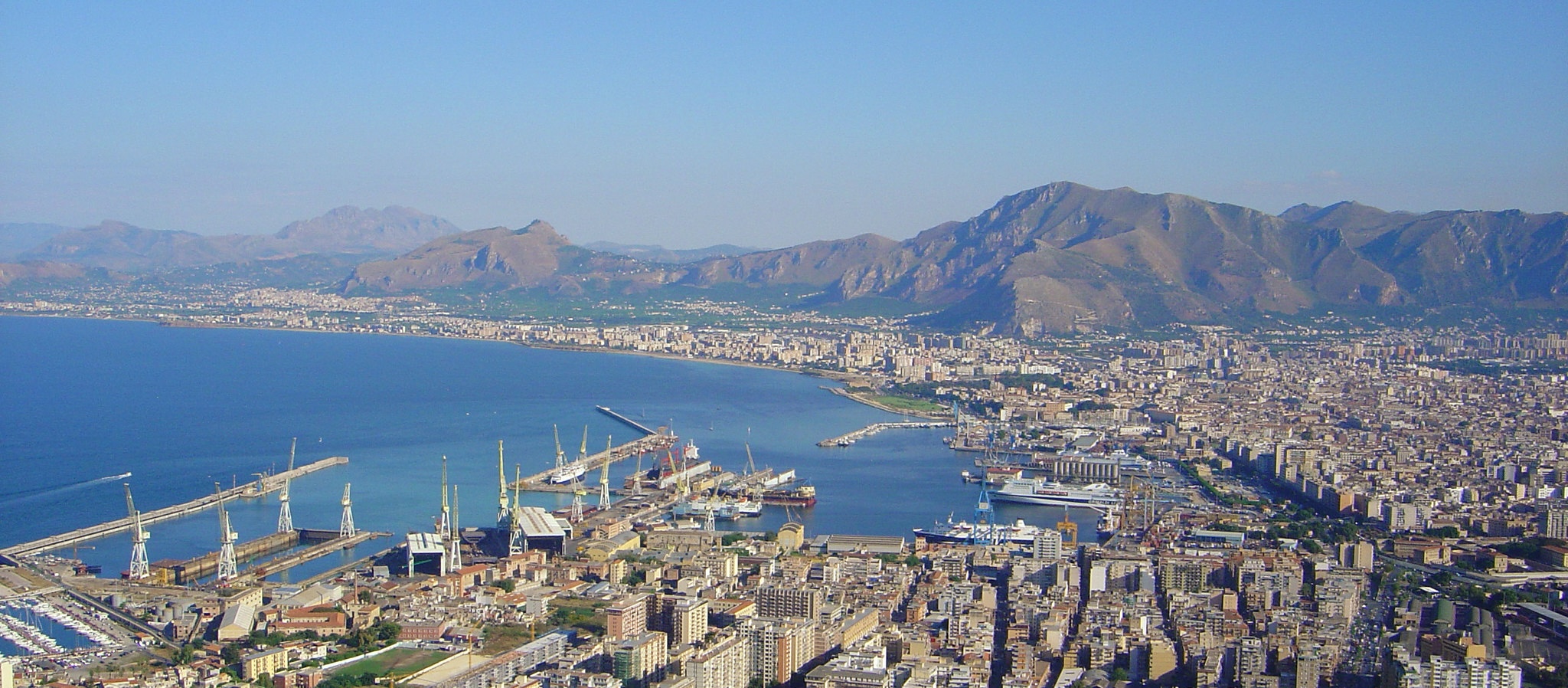Our “Living” section was created to explore the evolution of contemporary lifestyles—not only in terms of real estate, design, and regulations, but also in relation to quality of life, sustainability, and enhancement of local areas. In this spirit, we’ve chosen to dedicate space to the Blue Flag 2025 awards, which recognize Italian municipalities leading the way in environmental care and public services.
For us, living also means choosing healthy, beautiful, and safe places in which to reside, invest, or spend free time. That’s why we closely follow developments in Italian localities, highlighting the efforts of municipalities that are improving their living and tourism environments.
Italy once again ranks among the top destinations for seaside tourism, with 246 municipalities awarded the Blue Flag 2025. This recognition is granted annually by the Foundation for Environmental Education (FEE) to coastal and lakeside locations that meet strict environmental, tourism, and safety criteria.
Let’s explore which regions received the most awards, the new additions for 2025, and why the Blue Flag is a key indicator in both the real estate and living sectors.
What Is the Blue Flag and Why Does It Matter?
The Blue Flag is an international eco-label that has, since 1987, certified the environmental quality of beaches, marinas, and lakes. To obtain this recognition, municipalities must meet rigorous standards, including:
-
Excellent bathing water quality
-
Accessibility and safety services
-
Sustainable land management
-
Environmental education promotion
In 2025, 487 Italian beaches earned the title—around 11.5% of the global total.
Italian Regions Awarded in 2025
Here is the updated ranking of Italian regions with the most Blue Flag municipalities:
-
Liguria – 34 locations (maintaining the lead)
-
Puglia – 24 locations
-
Campania – 20 locations
-
Tuscany – 19 locations
-
Calabria – 18 locations
New entries for 2025 include Scicli (Sicily), Porto Tolle (Veneto), and Minturno (Lazio), expanding the map of sustainable tourism across Italy.
Living in a Blue Flag Municipality: A Real Estate Asset
Buying a home in a Blue Flag municipality is not just a lifestyle choice—it’s a long-term investment. Recent studies show that Blue Flag status:
-
Increases property value
-
Attracts high-end tourism
-
Enhances local infrastructure and services
These locations offer an ideal balance of nature, livability, and convenience—appealing to tourists, new residents, and investors alike.
Sustainable Tourism and Urban Redevelopment
Blue Flag cities are often at the forefront of urban and coastal redevelopment, including:
-
Bike paths
-
Green urban furniture
-
Smart city projects
-
Energy-efficient infrastructure
This reflects a new philosophy of conscious, environmentally integrated living.
5 Must-See Blue Flag Beaches in 2025
-
Baia del Silenzio – Sestri Levante (Liguria): A postcard-perfect spot where sea and history meet
-
Polignano a Mare (Puglia): Iconic, charming, and authentic
-
Marina di Camerota (Campania): Natural beauty and crystal-clear waters
-
Castiglione della Pescaia (Tuscany): Where nature, culture, and sustainability converge
-
Tropea (Calabria): A gem nestled between sea and cliffs
Strengths in the Real Estate Market
For those looking for a primary residence in coastal areas, a second home by the sea, or a tourism-rental investment, Blue Flag locations serve as an objective benchmark for evaluating:
-
Urban sustainability
-
Environmental safety
-
Certified services and quality of life
Blue Flag 2025: An Opportunity for Sea Lovers (and Future Thinkers)
The 2025 Blue Flag awards confirm Italy’s growing shift toward a sustainable tourism and living model—one that blends beauty, quality, and environmental respect. Blue Flags are not just symbols of prestige; they are a practical guide for choosing where to live, invest, and enjoy life in harmony with the territory.
Correlated Articles
Find our news

Get the most out of your assets.
Discover how to transform your
real estate into financial resources.



